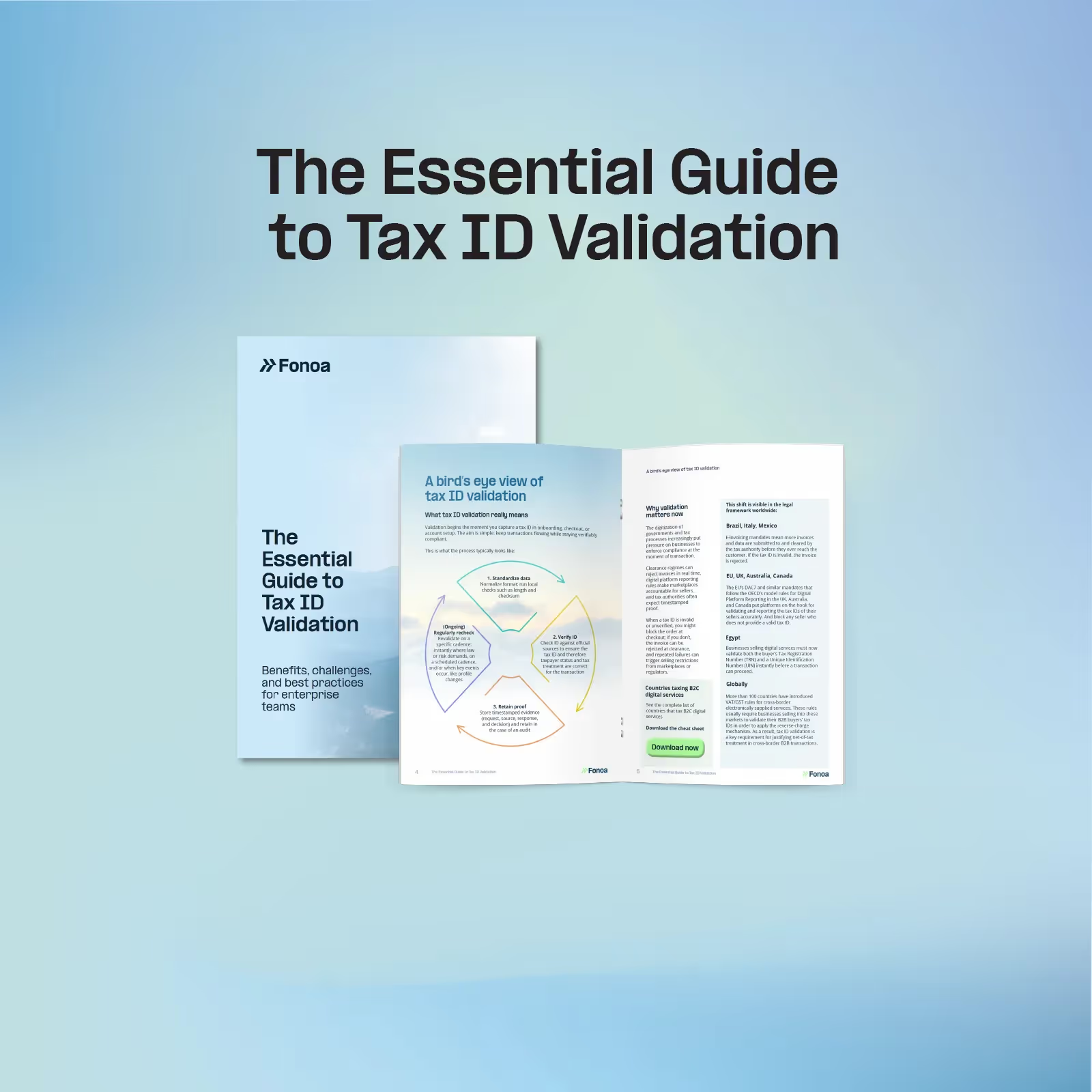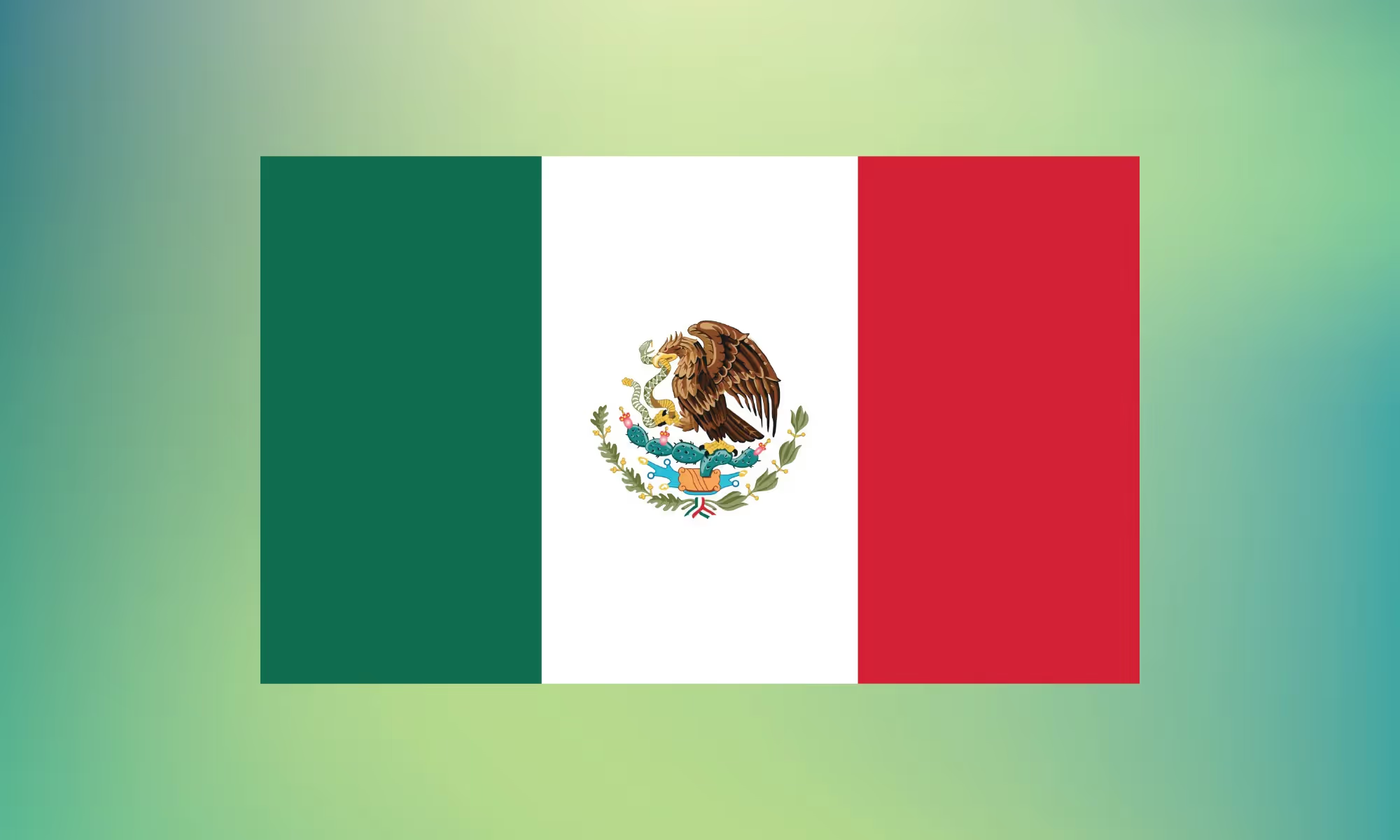Goods and Services Tax is a consumption tax levied on the sale of goods and services at each stage of production and distribution. It is also referred to as Value added tax (VAT) by some countries. GST is a tax which is ultimately borne by the final consumer of the goods or services. A goods and services tax should not be confused with a General Sales Tax or a Government Sales Tax - although they have the same acronym GST!
Why is there a need for GST worldwide?
Implementing the Goods and Services Tax has benefited several countries worldwide. Compared to other forms of consumption tax and sales tax regimes, GST is said to simplify the tax system, increase revenue collection, and reduce production costs, benefiting both consumers and producers. It fosters compliance and transparency, promotes economic growth, reduces tax evasion and facilitates trade by harmonizing tax structures. It provides a stable source of revenue for governments to support developmental activities that benefit society.
Overall, implementing GST-like systems has been necessary to modernise and simplify tax systems worldwide.
Which countries around the world have implemented the GST system?
GST is known by different names in different countries. In the European Union (EU), for example, all member states (Italy, Hungary, Luxembourg, Belgium, Germany, Spain, Sweden, Austria and others) refer to their indirect tax system as VAT.
Other countries outside the European Union, such as Brazil, China, Indonesia, Argentina, Switzerland, United Kingdom, Oman, Peru, South Africa, Turkey, Vietnam, Chile and many others, also use the term VAT to refer to their indirect tax system. In Japan, the value-added tax is known as the Japanese consumption tax (JCT).
France pioneered VAT in 1954, and since then, approximately 174 countries worldwide have adopted this type of indirect tax system. More recently, countries such as India, New Zealand, Singapore, Australia, Canada, and the Maldives have implemented the VAT/GST system, benefiting from its simplified tax structure, transparency, and efficient tax collection.
👉Learn more about these countries’ GST regulations from our Global VAT Guide.
What’s the difference between VAT/GST and Sales Tax systems?
Both sales tax and GST systems are forms of consumption taxes that are typically imposed on goods and services at the point of sale. However, here are some key differences often cited between the two systems:
- Basis of taxation: Sales tax is levied on the final sale price of a good or service, while VAT is imposed on the value added at each stage of production and distribution. In other words, with sales tax, the tax is only applied to the final sale to the end consumer, whereas with VAT, the tax is applied to every step in the supply chain.
- Administration: In a sales tax system, the tax is collected by the seller and remitted to the government. In a GST system, each business along the supply chain is responsible for collecting the tax on the value it adds and remitting that amount to the government. This requires businesses to keep detailed records of all their transactions, which can be more complex than a sales tax system.
- Taxable transactions: Sales tax is typically only applied to the sale of goods and services at the retail level, while GST is applied to a much broader range of transactions, including intermediate and capital goods, imports and exports, and even services.
- Progressivity: Sales tax tends to be regressive, meaning that it disproportionately affects lower-income consumers who spend a larger proportion of their income on taxable goods and services. VAT, on the other hand, can be structured in a way that is more progressive by exempting or zero-rating certain essential goods and services.
Jurisdictions that rely on a sales tax system rather than a VAT/GST system include In Malaysia, the US, and Puerto Rico. In Malaysia, the tax is known as Sales Tax and Service Tax. In Puerto Rico, the tax is known as the Sales and Use Tax (SUT). In the United States, the tax is known as Sales Tax.
Who bears the responsibility of paying GST?
The responsibility of paying GST varies depending on the country where the tax is being levied. It is worth noting that the rules and regulations surrounding GST differ significantly from country to country.
However, it is safe to say that, in most countries, the responsibility of paying goods and services tax falls on the supplier of goods and services. The supplier is required to register for GST, collect the tax from the customer, and remit the tax to the government. In cases where the supplier is not registered, then the GST should be deposited on a reverse charge basis by the customer.
The tax base for the GST calculation is the value of the taxable supply of goods and services made by a registered person during a specific period. In simpler terms, the tax base for GST calculation is the total amount of money received or to be received by a registered person for the goods and services they sell minus any GST already included in that amount. Tax is computed at the specified GST rate / VAT rate on this tax base. It is pertinent to note that some countries may have specific rules for calculating the tax base for GST, and companies may need to make adjustments for certain types of transactions or specific scenarios.
Who is obliged to register for GST?
The specific persons or entities obliged to register will depend on the laws and regulations of the particular country. Each country may have its own threshold for taxable turnover or specific goods and services requiring GST registration.
Even though multiple countries may have implemented a GST system, the rules and processes in place for GST will vary between each country.
Let us take a look at a few countries’ GST models:
GST in New Zealand
New Zealand implemented GST in October 1986 and is often regarded as a model system as it has influenced the GST design of many other countries. The New Zealand GST is applied uniformly to all goods and services sold in the country.
Businesses are required to register for GST if their annual turnover exceeds the threshold of NZD 60,000.
The standard rate is currently set at 15%. This rate is applied to most goods and services sold within the country, including imports. Some goods or services are also zero-rated or exempted. Special reduced rates at 9% apply to long-term hotel accommodation supplies.
It's worth noting that the exemptions and reduced rates are not extensive in New Zealand's GST system, which helps to keep the system simple and easy to administer.
GST in Canada
Canada implemented GST in January 1991, and it introduced the concept of a dual GST system wherein the federal and provincial governments levy and collect taxes on the supply of most goods and services. While GST is a federal tax and is levied on most goods and services sold in Canada at a rate of 5%, PST is a tax that the provincial governments levy on most goods and services sold within their respective provinces. The PST rates vary between 6%- 7%. Certain transactions are subject to the zero rates (0%), such as basic groceries, prescription medications, and exports.
Businesses are required to register for GST if their annual turnover exceeds the threshold of CAD 30,000.
👉Learn more about Canada GST compliance, E-invoicing, Reporting and GST on digital services on the Canada GST guide.
GST in India
India implemented GST in July 2017, bringing to life the concept of “One nation, one tax”, streamlining the country’s indirect tax system under one umbrella and facilitating Indian businesses to be globally competitive. India has adopted a dual GST model, which means that both the central and state governments have the authority to levy and collect taxes on the supply of goods and services. There are two components of the GST: the Central GST (CGST) and the State GST (SGST). The central government levies the CGST on intra-state supplies of goods and services, while the state government levies the SGST on the same intra-state supplies.
The standard rate varies for taxpayers and is currently applicable at 5%, 12%, 18%, and 28%. Some goods or services are also zero-rated or exempted. Special reduced rates are applicable for composition scheme taxpayers.
👉Learn more about India GST compliance, E-invoicing, Reporting and GST on digital services in the India GST guide.
GST in Singapore
Singapore implemented GST in April 1994. Singapore follows a value-added tax system, where businesses collect the tax on behalf of the government and remit it to the tax authorities.
The standard rate applicable on most goods and services is 8% from January 2023 and will increase to 9% effective January 2024, except for those specifically exempted or zero-rated supplies.GST registration is mandatory if their annual taxable turnover exceeds SGD 1 million. Voluntary registration is also possible for businesses with a turnover below this threshold. Once registered, businesses are required to file regular GST returns and pay the tax collected to the tax authorities.
GST in Australia
Australia implemented GST in July 2000, replacing several indirect taxes such as wholesale sales tax and various state taxes previously levied by both the federal and state governments with a single, broad-based consumption tax. The standard rate applicable to most goods and services is 10%, except for those specifically exempt or zero-rated supplies.
GST registration is mandatory if the annual taxable turnover exceeds AUD 75,000, although smaller businesses can register voluntarily.
GST in Maldives
Maldives implemented GST in October 2011. The standard GST rate applicable on most goods and services is 8% from January 2023 (erstwhile 6%) except for those specifically exempted or zero-rated supplies. GST registration is mandatory if the annual taxable supply for the past or next 12 months exceeds MVR1 million (approx. USD65,000).
Why should businesses be GST-compliant?
GST compliance is essential for businesses operating in countries with GST, VAT consumption tax or similar regulations. It is a prerequisite to ensure legal compliance, improve reputation, and gain a competitive advantage. Non-compliance with these regulations will lead to fines, penalties, prosecutions and several other legal consequences, which can lead to a loss of reputation and damage to companies’ financial stability.
How can Fonoa help with GST compliance?
To facilitate the efforts needed to compute GST, Fonoa developed the Fonoa tax engine. The Fonoa tax engine automatically determines the correct GST treatment for sales transactions in over 140 countries. After you provide the minimal necessary transaction data input, the tax engine will instantly determine: if the transaction is taxable, what the applicable tax rate should be, and the tax amount you need to charge for that transaction. All while taking into account whether the seller exceeded the relevant GST threshold in the buyer's country and what is the product/service being transacted. Fonoa provides out-of-the-box coverage for 140 countries. Rates and rules are monitored and updated promptly by Fonoa so that you can focus on other value-add activities. Easy to integrate with and built for high performance.
















